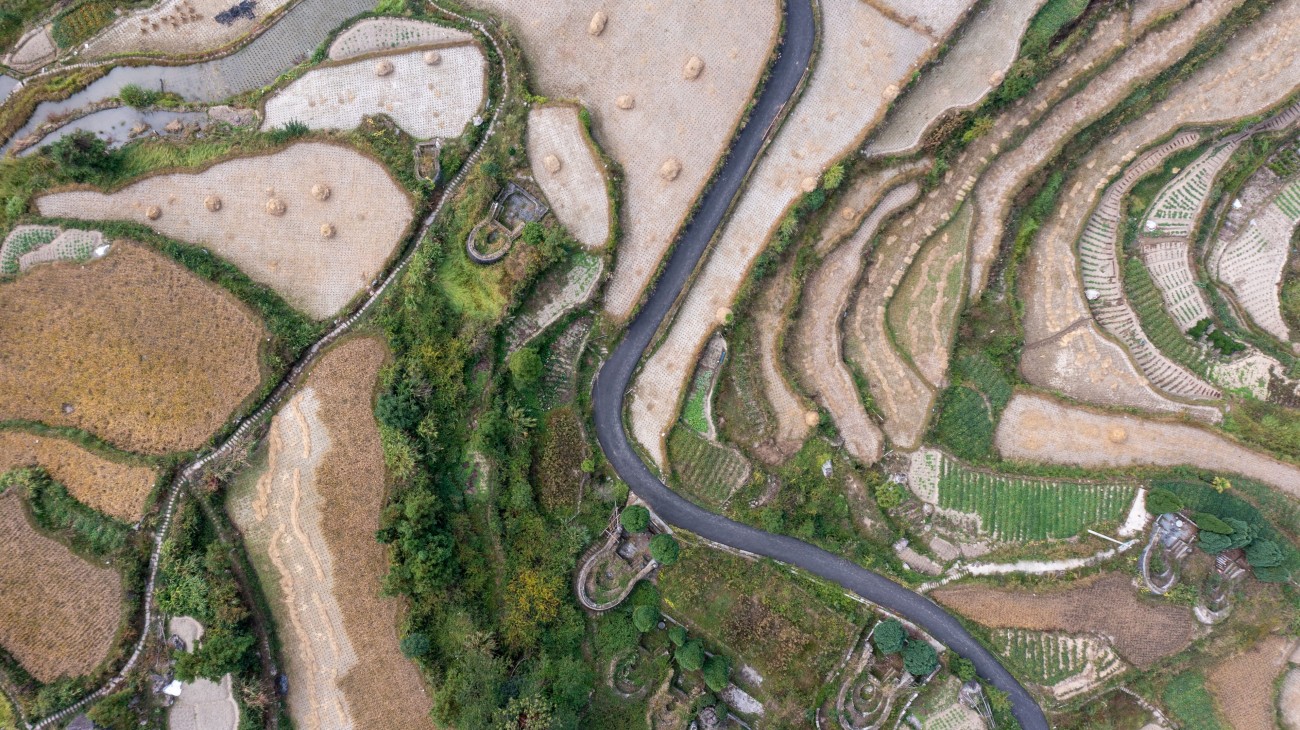Countries have already promised to restore 1 billion hectares – an area larger than China – as part of international climate, nature, and land goals. However, little is known about the progress or quality of this restoration. With the World Restoration Flagships, the UN is honouring the best examples of large-scale and long-term ecosystem restoration in any country or region, embodying the 10 Restoration Principles of the UN Decade.
Get inspired and join #GenerationRestoration.
Multi-country Mountain Flagship
Democratic Republic of the Congo, Kyrgyzstan, Rwanda, Serbia, Uganda |This flagship showcases initiatives in three diverse regions that are making mountain ecosystems more resilient.
Namami Gange
India |A concerted effort to restore India’s most sacred river, which is an economic lifeline for more than 500 million people and supports countless species.
Great Green Wall
Burkina Faso, Djibouti, Eritrea, Ethiopia, Mali, Mauritania, Niger, Senegal, Sudan, Chad |To tackle the impacts of climate change and biodiversity loss, the countries of Africa’s Sahel region are mounting an epic response: a “wall” of restored forests and lands.
Shan-Shui Initiative
China |This initiative is an ambitious country-wide effort to restore 10 million ha of natural spaces, including forests, grasslands and waterways in China.
Altyn Dala Conservation Initiative
Kazakhstan |International effort working since 2005 to save the critically endangered saiga and restore huge swaths of the grasslands that once covered much of Central Asia.
Trinational Atlantic Forest Pact
Argentina, Brazil, Paraguay |Persuading and helping landowners to let more indigenous trees grow on their land is central to one of the world’s most sustained and ambitious environmental projects.
Abu Dhabi Marine Restoration
United Arab Emirates |Abu Dhabi wants to ensure its coastal ecosystems are resilient in the face of global heating and rapid coastal development in what is already one of the world’s warmest seas.







